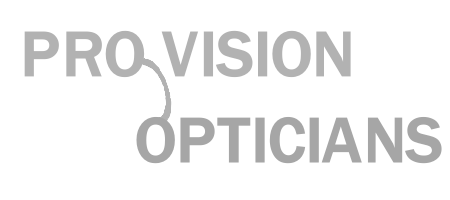Drivewear lenses are capable of sensing and reacting to varying light conditions both outdoors and behind the windscreen of a car. From bright sunlight with intense, blinding glare, to overcast inclement conditions, Drivewear lenses present the wearer with the optimal visual solution. These lenses provide glare protection through polarization, whilst simultaneously enhancing & protecting vision through photochromics, which respond to both visible and UV light. In this way, Drivewear combines the strengths of two of the most important technologies currently available in protective eyewear Polarized lenses are created by embedding and integrally bonding a thin piece of polarized film within the lens. This film is dyed with dichroic materials, such as iodine crystals and special organic molecules, and stretching the film aligns these dichroic materials in the same direction to form a ‘preferred plane’ to absorb light. When hit by bright, blinding glare, these aligned molecules absorb (block) light in that preferred plane, filtering away the glare to preserve the useful light signal.
The technology of Drivewear represents a significant breakthrough in the use of polarization. Typically, efficient polarization only occurs when there are large quantities of absorbers present - that is, when the lenses are very dark. Drivewear lenses utilise a high efficiency polarizer that provides excellent polarizing properties never before found in such a light coloured lens. This has been achieved by pushing polarized manufacturing technologies to new levels of performance and transmittance.
DRIVEWEAR
OVERCAST / LOW LIGHT CONDITIONS
During overcast weather and on cloudy days, the only active element in the Drivewear lens is the high contrast green/yellow polarizedfilmlayer. This polarizer blocks blinding glare and helps to increase colour contrast, enhancing both object recognition and depth perception for the driver. Light absorption in this state is 68%.
DAYLIGHT/ DRIVING CONDITIONS
In bright daylight the windshield blocks UV light preventing standard photochromic molecules from activating. However, the visible spectrum photochromic molecules are activated. The lens changes to copper/brown and light absorption increasesto78%, blockingblindingglareand insuring visual comfort for the driver. As the UV rays are no longer blocked by thecar windshield, the layer of standard Transitionsphotochromic molecules become active. As all 3 technology layers of the lens are active, the colour changes to dark brown and light absorption increases further again to 88% while 100% UV rays are blocked.
BRIGHT LIGHT/ EXTERIOR CONDITIONS
As the UV rays are no longer blocked by the car windshield, the layer of standard Transitions photochromic molecules become active. As all 3 technology layers of the lens are active, the colour changes to dark brown and light absorption increases further again to 88% while 100% UV rays are blocked.

